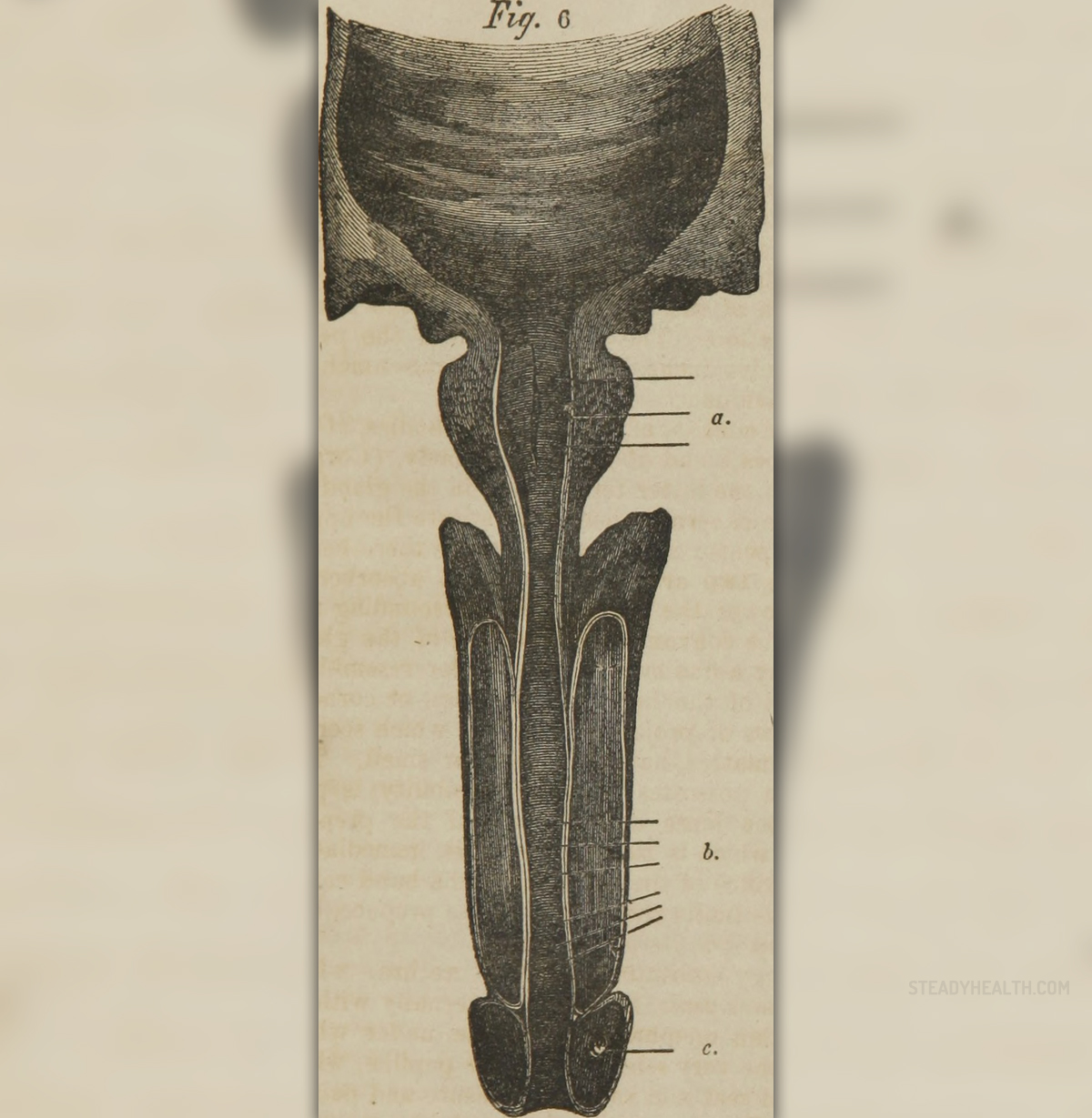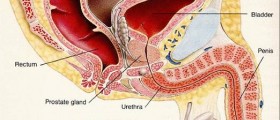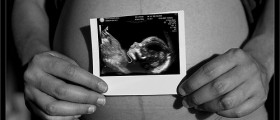Men who have pain in their urethra should go to a doctor and see if it is a case of urethritis.
Some symptoms of this condition may include blood in the urine or semen, burning pains while urinating, strange discharges from the penis, high fevers, frequent and urgent urges to urinate, itching and pain in the penis or groin, or pain experienced while having sex or when ejaculating.
There are tests and exams that can be done in order to see what the problem is if such symptoms are evident. A doctor will do a physical examination of the penis, but also check the abdomen and bladder area and scrotum as well.
In some cases, tender and enlarged lymph nodes in the groin area are revealed. A digital rectal exam could also be done, as well as other tests such as a complete blood count, C-reactive protein tests, urinalysis and urine cultures, and tests for sexually-transmitted diseases like gonorrhea, chlamydia and herpes.
Possible Causes of Urethritis
The condition of urethritis is usually caused by bacteria or a virus. The bacteria that causes this condition also causes urinary tract infections and some sexually transmitted diseases.
Sometimes, but more rarely, the condition can result from a man being sensitive to chemicals that are used in the spermicides in condoms or contraceptive jellies, creams, and foams.
People who are most at risk are those who regularly practice high-risk sexual behavior, like anal sex without a condom, promiscuous men, or those who already have a history of sexually transmitted diseases.
Dysuria as a Cause of Burning Urethra
Another condition that results in burning in the urethra is called dysuria. The pain usually starts as soon as urination begins, which is a clear sign that the urethra is infected.
- Urinary symptoms are far more common in women than in men and in older men than in younger men. Population-based surveys suggest that urinary tract symptoms significant enough to cause persons to seek medical attention occur in about 0.6 percent of women per year and about 0.1 percent of men each year. Voiding symptoms in men increase significantly between the ages of 40 and 60 years, reflecting the rising prevalence of benign prostatic hyperplasia (BPH) in aging men.
- Nearly one half of men over 55 years of age report some urinary symptoms, and about 25 percent of these men see a physician about their symptoms. Among men of all ages who complain of urinary symptoms occurring more than rarely, dysuria is mentioned as one of the symptoms about 5 percent of the time.
- Dysuria is due to infection about 60 percent of the time. All portions of the urinary tract are susceptible to infection, although the causative organisms vary by site. Hollow, or tubular, structures in the urinary system, such as the kidney, renal pelvis, bladder, prostate and epididymis, are most vulnerable to infection by coliform bacteria. These bacteria are believed to gain access at the urethral meatus (through intercourse or local contamination) and then ascend to the affected organ.
- A study of community-based practices found that about two thirds of culture-proven infections were caused by Escherichia coli. About 15 percent were due to Staphylococcus epidermidis, 10 percent to Proteus mirabilis, 5 percent to Staphylococcus aureus, 3 percent to Enterococcus species and 3 percent to Klebsiella species. Most community-acquired urinary tract infections can be managed with amoxicillin (Amoxil), trimethoprim-sulfamethoxazole (Bactrim) or nitrofurantoin (Furadantin).
- In aging men, BPH is the most common cause of urinary complaints, including dysuria and obstruction. More than 50 percent of men over 70 years of age have the clinical syndrome of BPH, and nearly 90 percent have microscopic evidence of prostatic hyperplasia.
- Dysuria may be the earliest symptom of the irritative changes caused by carcinoma in situ of the bladder. In particular, bladder cancer should be considered when a male smoker presents with dysuria and culture-negative microhematuria. Urethral carcinoma is rare and is an uncommon cause of dysuria. Other malignancies, such as renal cell cancer (hypernephroma), may provoke sufficient urothelial inflammation to induce dysuria.
If a more several pain occurs after the urination process is complete, then it could be a more several cases of inflammation in the bladder.
Burning in Urethra in Male Treatment Options
For most of these infections of the urethra, antibiotics are prescribed. Pain relievers can also be used to decrease the painful sensation while the antibiotics are taking care of the bacteria causing the infection.
The antibiotics will help to get rid of the pain, prevent the infection from spreading, and eliminate the bacteria causing the infection. It is also important for men who are taking antibiotics to treat the condition to take a break from sexual activity for the time being until the conditions has completely gone away and the pain has subsided completely.
These conditions can also be caused by an injury to the penis in some cases.


















Your thoughts on this
Loading...